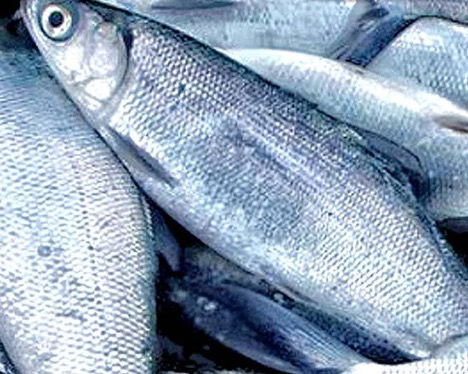Agritourism falls under the broader scope of rural tourism. It is a visit to rural setting to experience unique attractions and events that are not readily available or offered in urbanized areas. It is defined as where agriculture and tourism combine to provide an amazing educational experience to the tourist. It could be a farm or a ranch tour, a festival or soft-broom making experience. The farms become tourist destinations and are open to the public to teach them more about what their farms are doing.
Agritourism is an economic enterprise. It encompasses all activities and attractions that connect tourists to a working farm or other agricultural, horticultural or agribusiness operations. Agricultural fairs, farmers’ markets, events with an agricultural theme and on-farm accommodations are also included in this category.
Agritourism also takes into account the numerous other channels through which tourists can taste and experience Aringay’s agricultural products. These “off-farm” channels, including restaurants, retailers, accommodations, etc. are referred to throughout the report as food tourism.
Agritourism is encompassing. It includes roadside stands and on-farm markets, pick your own farms or orchards, animal feeding and petting zoos, hay rides, corn and/straw mazes, flower festivals, wagon rides, horseback riding, farm stays, seasonal festivals, dances, birthday and corporate parties on the farm, school tours, cross country activities , open house/farm, farm harvesting, historical reenactments in a farm and musical events.
Agritourism is ideally suited in Aringay. With its prime agricultural lands, ample natural landscapes and urban centers situated nearby, it offers the types of experiences that agritourists are attracted to.
Why agritourism? Farms and farm incomes across the Philippines are declining. And this is causing a destabilization of rural economies. With agritourism, this is a potent tool to stem the tide of losses to provide value for the farmer and the consumer which now includes the tourist in this aspect. With agritourism, there will be increase on-farm revenue, reduce dependence on volatile commodity prices, supplement core farming income, more effectively use farm resources, promote or sustain farm heritage and provide a venue for education and appreciation of rural issues. Agritourism also provides new employment opportunities, provide diverse revenue streams, preserve the land, bridge urban-rural gaps, engage communities around food and agriculture and enhance environmental and community sustainability.
Agritourism enhances the appeal of fresh, flavorful local foods and provides a beneficial relationship for local food systems. On-farm and direct marketing through agritourism offerings have positive effects for farmers. By connecting directly with consumers, farmers are able to bypass traditional distribution systems and earn a larger portion of the profits.
The impact of agritourism is not purely economical – there are social and cultural benefits from developing these experiences as well. Visitor interaction was found to be a motivating factor for farm operators interested in developing agritourism. For consumers, agritourism offers an entertaining, hands-on approach to increasing their understanding of the agricultural industry, the food system and rural issues affecting local farmers.
Agritourism provides visitors with opportunities to make direct connections to their local food producers and the rural environment. Experiencing the rural environment may also include visits to horse ranches and trail riding along the agricultural landscape. Agritourists may also be interested in learning about specific farming practices and want to contribute to the sustainability of the farming industry.
Qualitative Assessment of the Six Sectors of Agritourism
A.Sector 1: Farm Recreation
Activities: Visitors can exercise, relax and explore the outdoors. It includes fishing, hunting, horseback riding, hiking, biking, birding, ziplines
There is an increasing activity of farm recreation in the province of La Union in the last few years. In nearby Agoo, “The Farm” was established and is doing very well in the agritourism business front. As for Aringay, farm recreation activities are not well-developed and there are a lot of things to organize and develop. Let us have an inventory of possible farm recreation offerings of the municipality.
1.Water bodies, natural areas and scenic sites
2.Bicycle riding
3.Cross-country activities
4.Camping
5.Canoeing, kayaking and boating
6.Fishing from stream or riverbank
7.Fishing from ponds
8.Mushroom gathering
9.Semi-precious stones gathering
10. Hang gliding
11.Hiking
12. Mountain biking
13.Off-road biking
14. Nature photography
15. Picnicking
16.Scenic trails (Hiking, mountain climbing, cross-country running/jogging/walking)
17.Shooting range
18.Stargazing
19.Tricycle racing/Motorbike racing
20. Indigenous fishing on rivers, lakes and ponds
Development Opportunities:
1.Campground Development
2.Hiking and biking trails using scenic trails and along areas where farms are located.
3.Recreational biking, endurance race, hiking activities among sports enthusiasts
4.Annual Photowalk activities
5.Development of a part of Bubon Posi as a stargazing area
6.Development of water activities like canoeing, kayaking and rafting
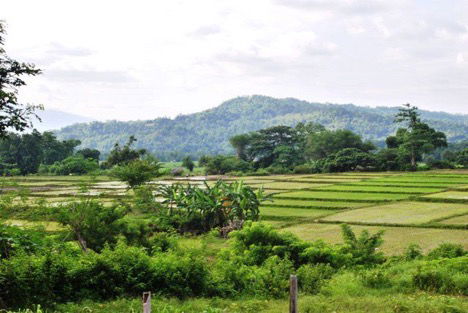
B.Sector 2: Educational Experiences
Visitors can learn something new or improve a skill through hands-on experiences, classes, demonstrations, and tours, or simply through conversations with the farmers.
Activities: Cooking Schools, “How To” Demonstrations, educational and historical tours, Visit to a farm to see how plants are grown, watch flowers bloom, planting and harvest and on the job trainings in the farm.
Development Opportunities:
1.Further develop Aringay Agri-Demo Farm into a model agri-tourism enterprise
2.Further develop the Basca Banana Plantation Project
3.Further develop the Manga Soft broom making project
4.Further develop paper making project of San Juan West from corn husks and basket weaving from Labtang in San Simon West.
5.Further develop and enhance the Mushroom Project of Sta. Rita East
6.Further develop Aringay’s dairy industry
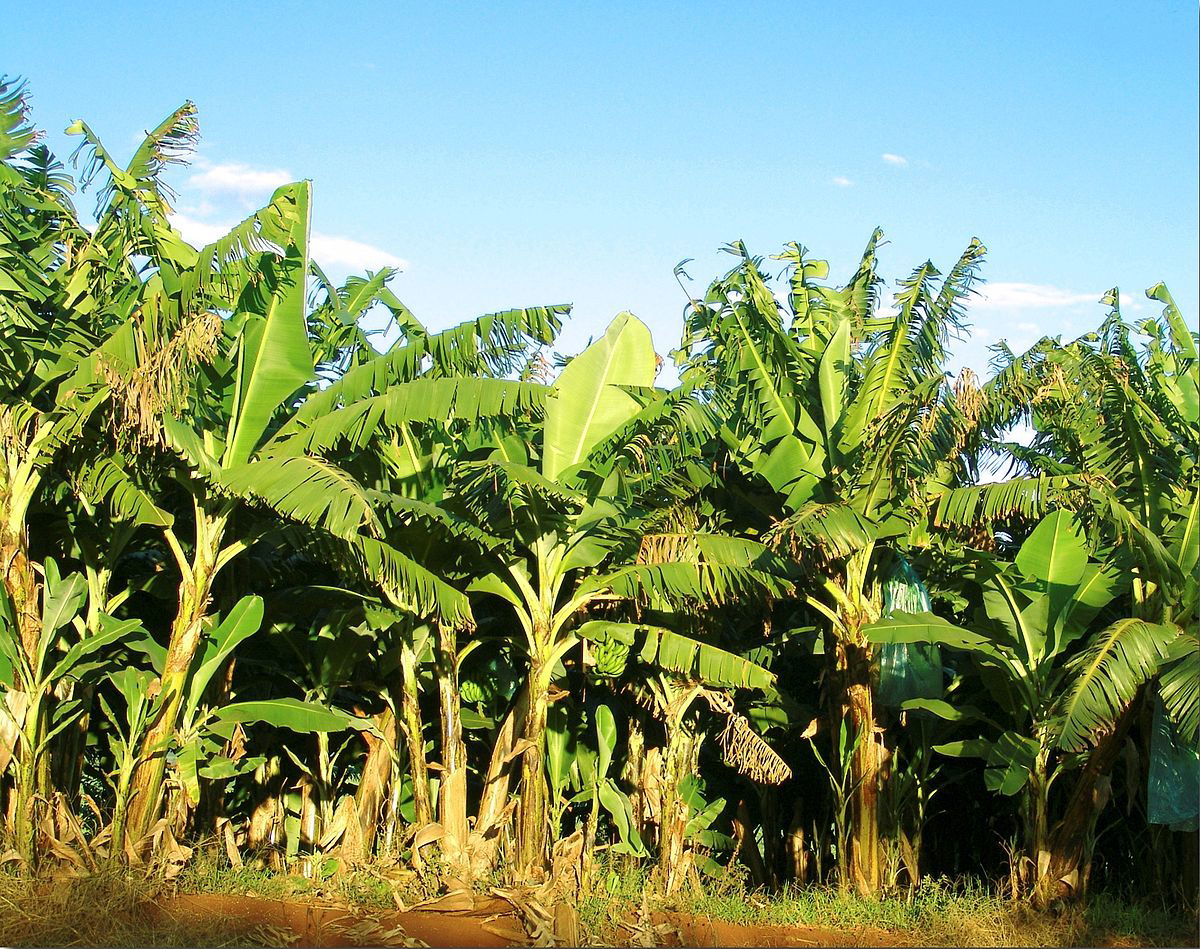
C.Sector 3 : Agri-tainment
Visitors can have fun making crafts, exercise, shop for gifts or seasonal décor. Activities include, farm flower festivals, harvest festivals, corn mazes, holiday wreath making from agricultural products, agricultural trade fairs, feeding farm animals and bangus fishing.
Development opportunities:
1.Annual agricultural fairs
2.Annual food tourism festival
3.Annual barangay harvest festivals
4.Annual buyos festival
5.Develop pasalubong center in Aringay
D.Sector 4: Hospitality Services
Visitors enjoy the hospitality of farm dinners, overnight farm stays and private events hosted on the farm.
What is a farm stay? Farm say is an overnight stay in the farm giving you an experience of life in a working farm.
Development Opportunity:
1.Farm Stay Accommodation
2.Indigenous food festivals in barangays
3.On-farm dinners
4.Planned All-Year round activities in the Farm
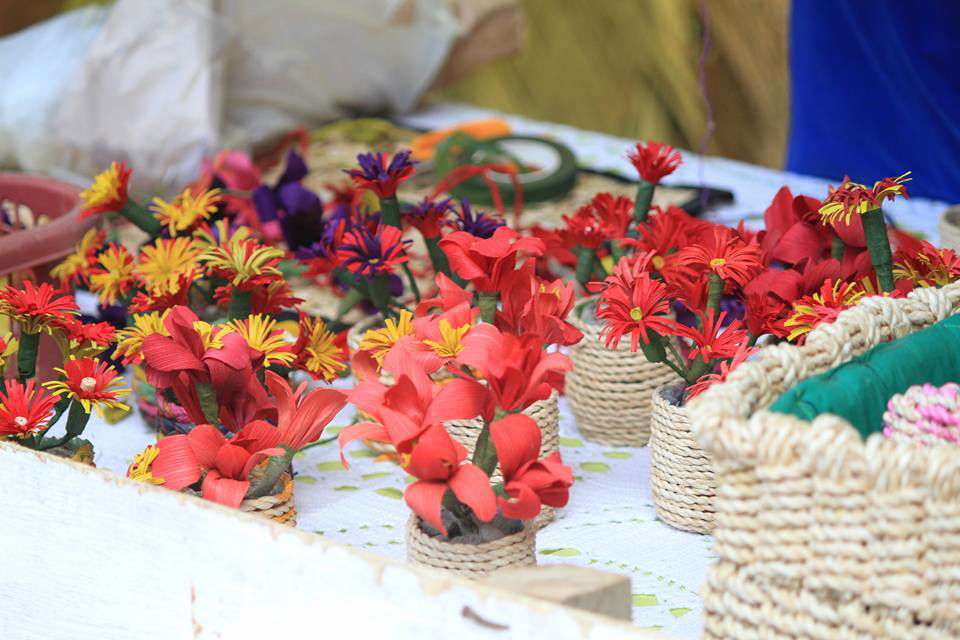
E.Sector 5: On Farm Direct Sales
Visitors enjoy buying fresh packaged and crafted projects from farm stands, local wines, specialty nursery, U-Pick and N-cut activities and other direct sales on the farm or at the plant.
Development Opportunity:
1.Farm Stands and Municipal Feeding Program
2.Farmers Market
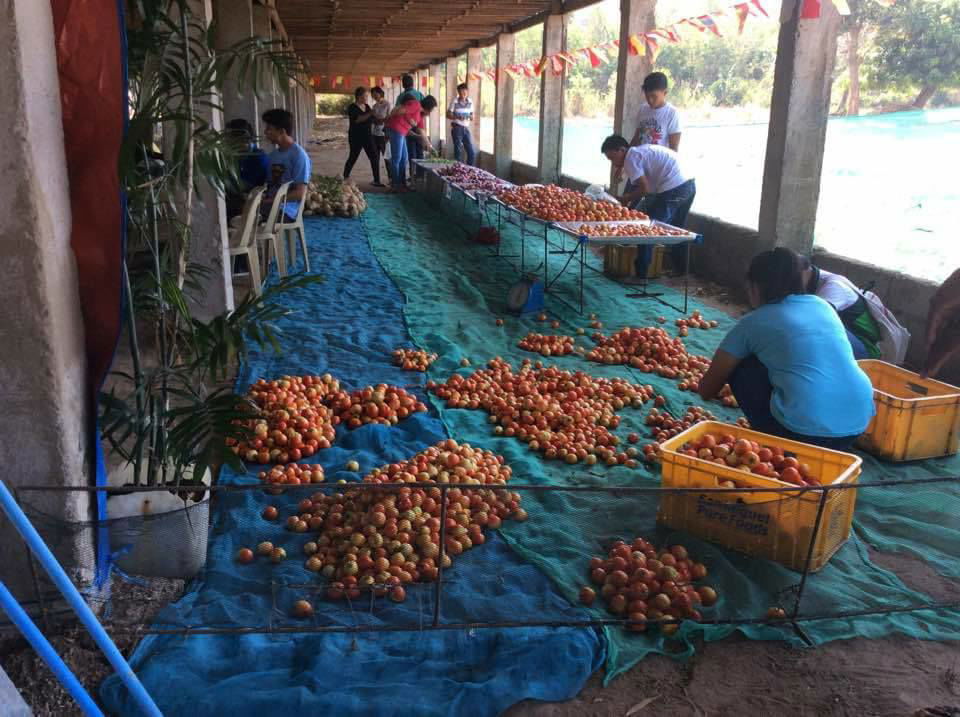
F.Sector 6: The Animal and Fishing Sector
Visitors enjoy horseback riding, feeding pigs, feeding cows and carabaos as well as goat. They enjoy fishing and buying fresh fish and cook and eat at the source.
Development Opportunity
1.Milk harvesting from carabaos
2.Tending goats in the farms
3.Fishing for the food you want to eat and cook at the source
